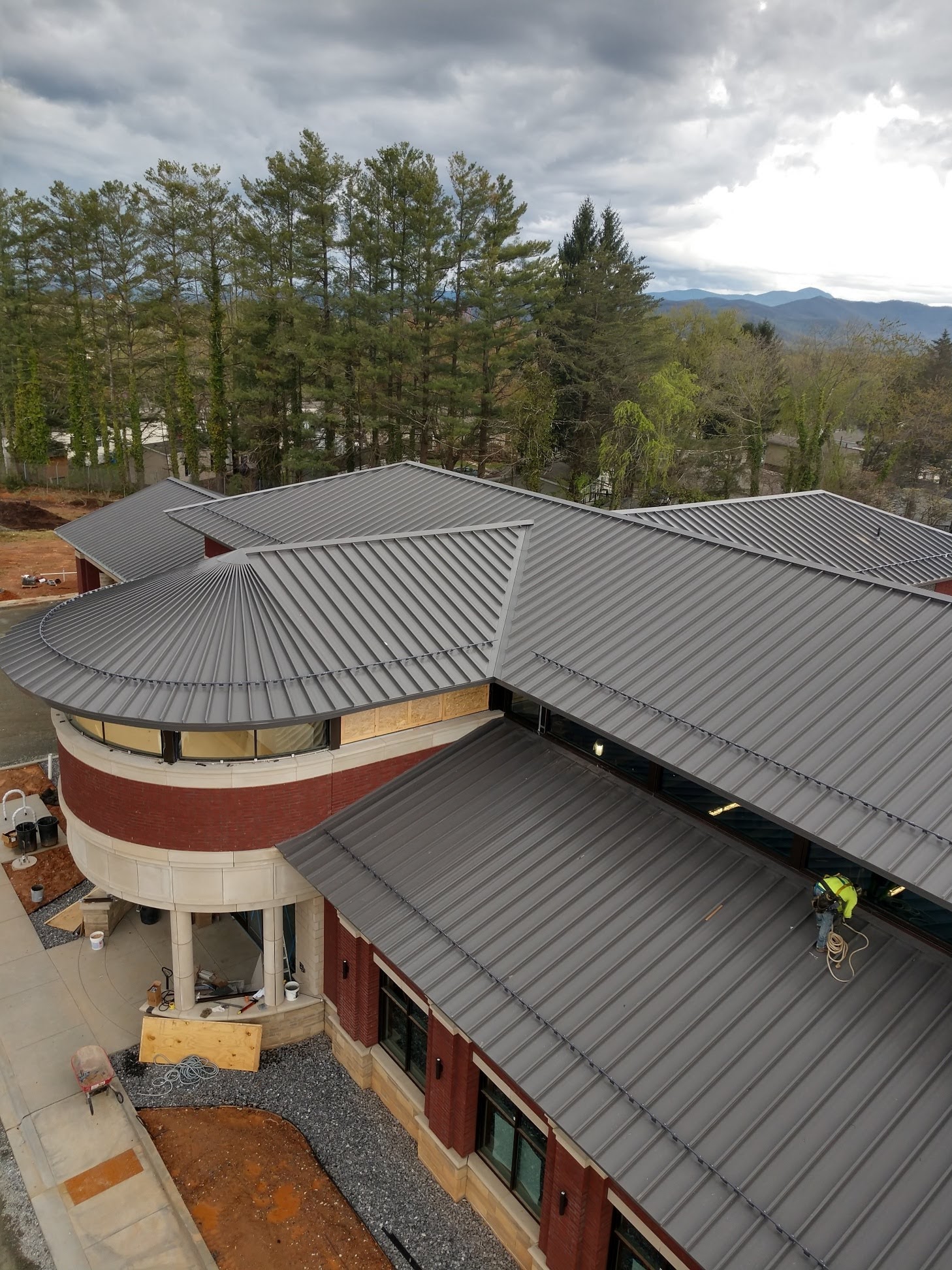How Long Does a Metal Roof Last?
By: CMP
June 6, 2024

When choosing a roof, long-lasting performance and the ability to handle anything nature throws at it are essential.
Metal roofing stands out as a top contender, boasting a lifespan of 40 to 70 years and unparalleled resistance to harsh weather conditions.
Here are a few factors contributing to the exceptional longevity and weather resilience of metal roofing, encompassing its materials, manufacturing processes, and real-world performance, all tailored to match diverse architectural styles and aesthetic preferences.
Metal roofing is typically crafted from durable materials such as steel, aluminum, and copper. These metals offer inherent resistance to corrosion, rot, and insect damage, ensuring longevity. Steel panels are often galvanized with zinc coating, while aluminum and copper roofs are naturally corrosion-resistant.
Most popular for its affordability, durability, and corrosion resistance. Offering a lifespan of 40 – 70 years.
Lightweight and naturally corrosion-resistant, ideal for coastal areas. Lifespan is 40-60 years.
Most prized for its aesthetic appeal and exceptional longevity of over 100 years. A premium material known for developing a beautiful patina over time.
Metal roof panels undergo rigorous manufacturing processes to enhance their durability and weather resistance. Metal roofs boast of an impressive lifespan of 40-70 years, far exceeding the average lifespan of asphalt shingles (15-30 years). This remarkable longevity stems from a combination of factors:
Compared to asphalt, metal is naturally sturdier and less prone to cracking or warping. It can withstand significant weight and maintain its shape for decades.
During manufacturing, metal undergoes a coating process that shields it from the elements. These coatings, like zinc galvanization or baked enamel finishes, act as a barrier against corrosion, UV rays, and other environmental factors.
Metal roofing undergoes rigorous manufacturing processes to ensure strength, uniformity, and longevity. Using the correct gauge (thickness) of metal, like 24 or 26-gauge steel which offers superior strength to better handle heavy snow or strong winds and to employ secure seaming techniques, contributes to the roof’s resilience.
Metal roofing excels in harsh weather conditions, including heavy rain, snow, and strong winds. The smooth surface and tight seams of metal roofing facilitate rapid water shedding, minimizing the risk of water damage during heavy rain. Metal roofs prevent snow buildup and ice dam formation, reducing structural stress and water infiltration. Secured with fasteners and overlapping seams, metal roofing provides superior resistance to wind uplift, making it a preferred choice in hurricane-prone areas.
Metal roofing has a smooth, non-porous surface that sheds water efficiently, preventing leaks and pooling that can damage other roofing materials.
The slick surface allows snow to slide off easily, reducing the risk of accumulation and potential collapse. Additionally, some metal roof designs incorporate raised seams that prevent snow buildup between panels.
Metal roofs are securely fastened to the underlying structure, making them resistant to high winds. The interlocking panels create a strong barrier that prevents wind from ripping or tearing the roof.
From the clean lines of standing seams to the classic charm of metal shingles, metal roofing comes in various styles, each offering unique benefits.
The most popular choice for both residential and commercial buildings due to its clean lines, exceptional weather resistance, and long lifespan. This style features interlocking panels that create a watertight seal, making it highly resistant to rain, snow, and strong winds. Standing seam panels are typically made from steel, aluminum, or copper, offering a variety of aesthetic options.
Offers a more classic aesthetic for residential properties. These shingles mimic the appearance of traditional asphalt or slate shingles while providing the benefits of metal roofing, such as superior durability and low maintenance requirements. Metal shingles can be made from steel, aluminum, or even copper, offering various options to match your desired look and budget.
A cost-effective and durable option known for its ease of installation and maintenance. The visible fasteners simplify installation, reducing labor costs and time. Despite its affordability, it offers proven performance and longevity, with a wide range of colors and profiles for design versatility. Its accessibility for maintenance and repairs further adds to its appeal, making it a practical choice for various projects and climates.
While the initial cost of a metal roof might be higher compared to other options, its durability, minimal maintenance requirements, and energy efficiency (metal reflects heat, reducing cooling costs) can lead to significant long-term savings.
So, if you are looking for a roof that will stand the test of time for generations, metal roofing is a very compelling option.
By understanding its material properties, manufacturing processes, and weather resistance capabilities, you can make an informed decision about protecting your most valuable asset – your home.